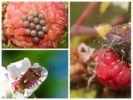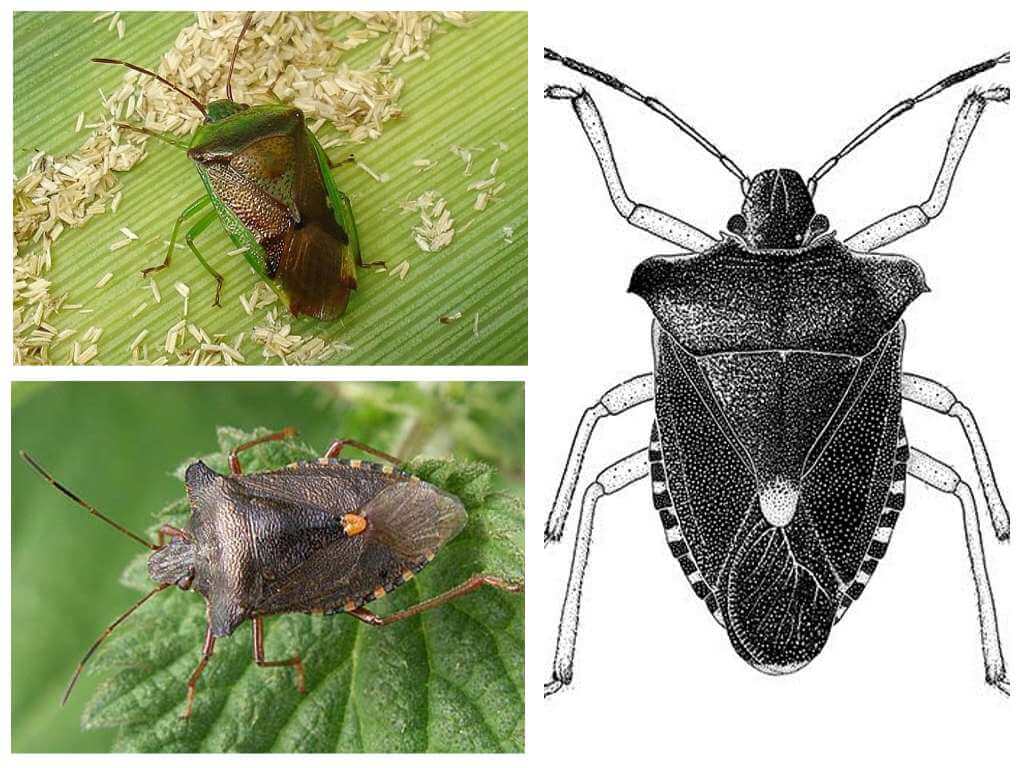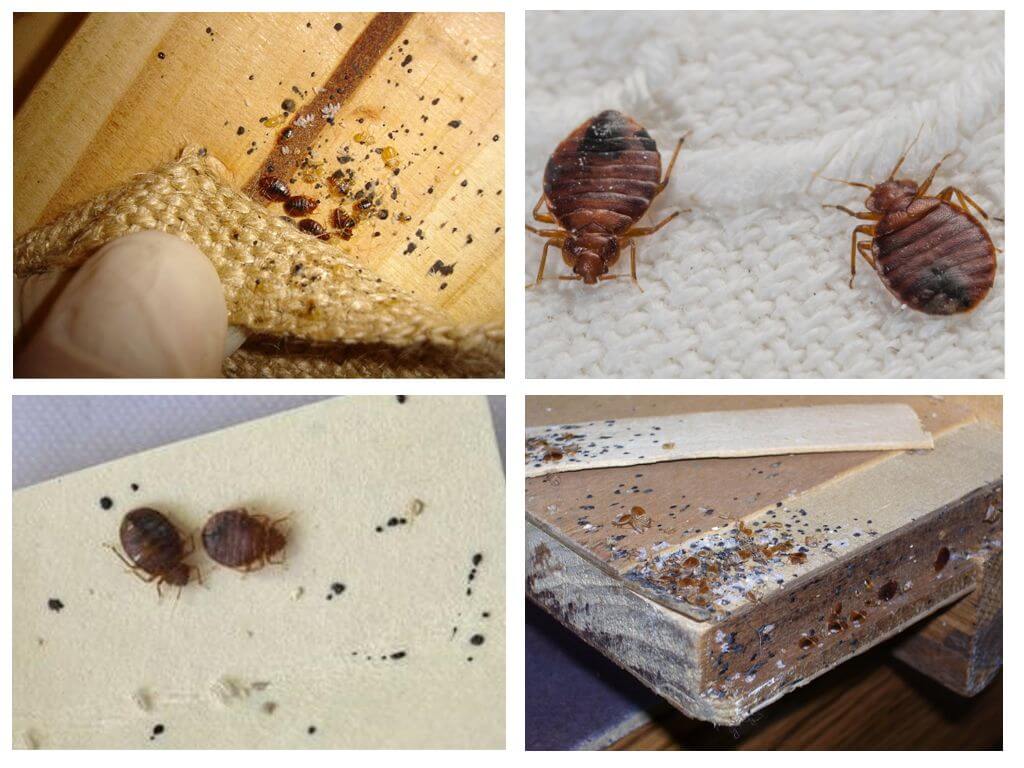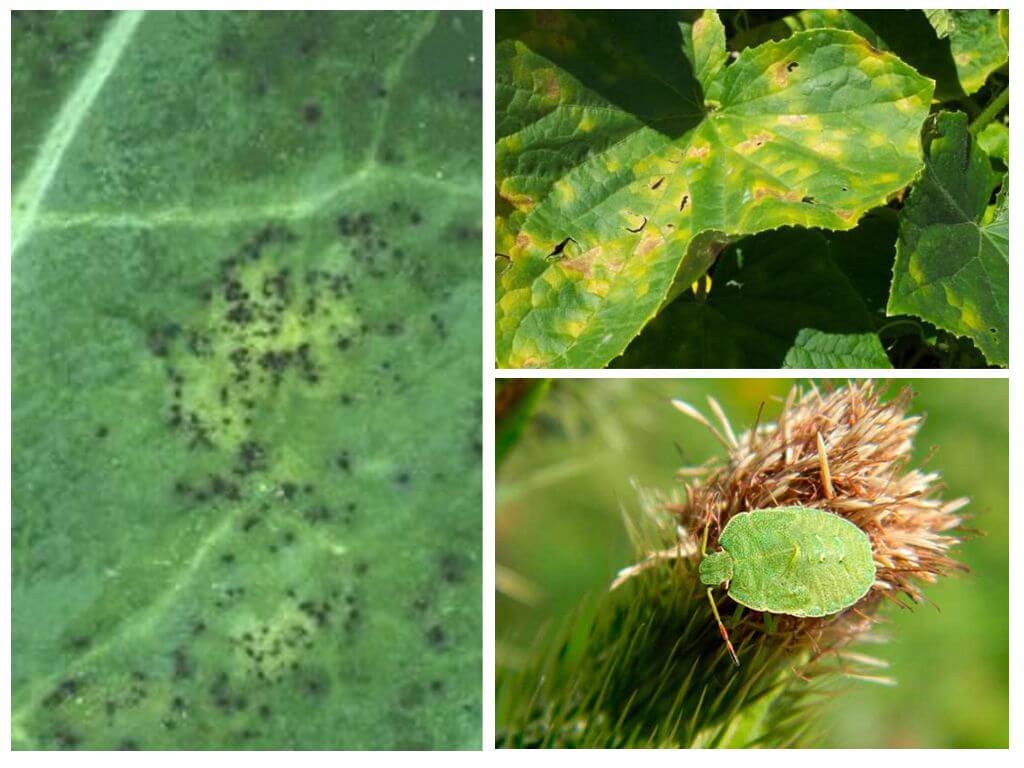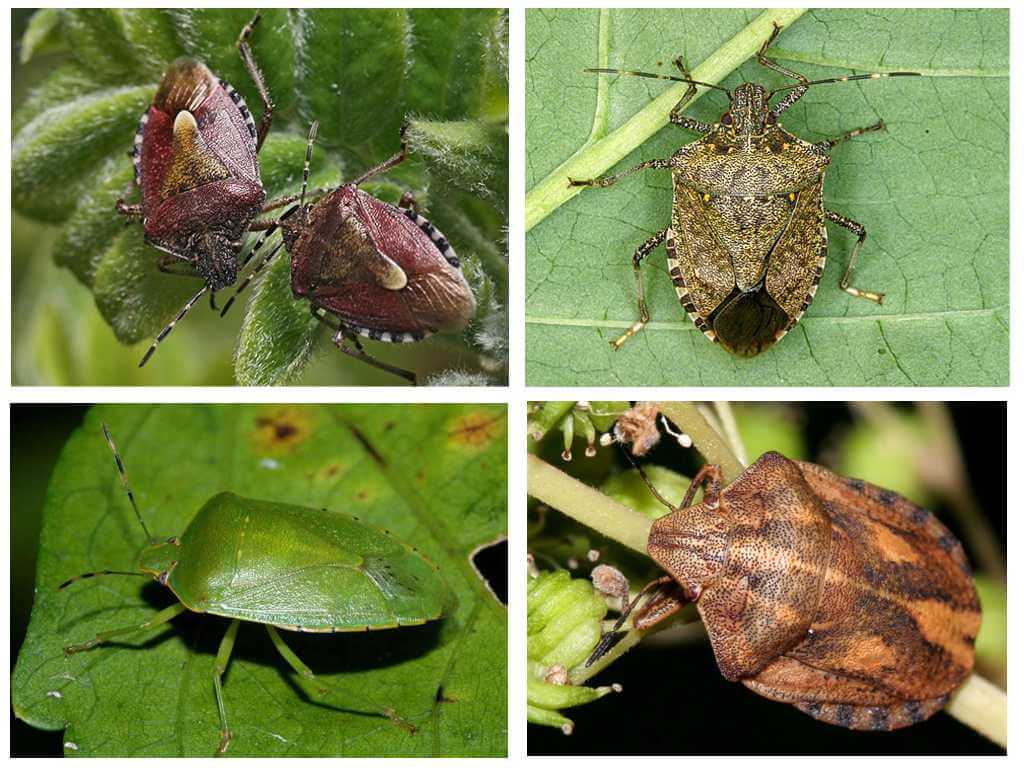- Berry bug
- Berry bug
- Karbofos
In nature, there are more than 4000 types of bugs, which differ not only in appearance and habitat, but also way of nutrition. Berry bug is one of the representatives of this family, which, like its brethren, is harmful to humans. What the insect looks like, what it eats, and what lifestyle it leads, this article will tell.
Features
Berry bug - small in size (10-12 mm) is a polyphagous insect, which belongs to the family of insects. A distinctive feature of all members of this family are: a triangular-shaped body and a repulsive odor emitted by a special gland at times of danger, which is why these insects are used in everyday life stink bugs.
On a note!
The cimicinic acid secreted by the shield snake smells unpleasant, which is harmful to other insects. For a person, it is not dangerous. Also, with a specific smell, pests scare away their rivals by fighting for the female.
The flat body of the berry bug is greyish-yellow or red-brown in color, has a dense, hairy cover on top. Adults can change their color, disguising themselves as the tone of the surrounding plants. Therefore, one should not be surprised that in summer the shade color of burgundy shades, with the arrival of autumn, the cover of the same insect becomes brown.
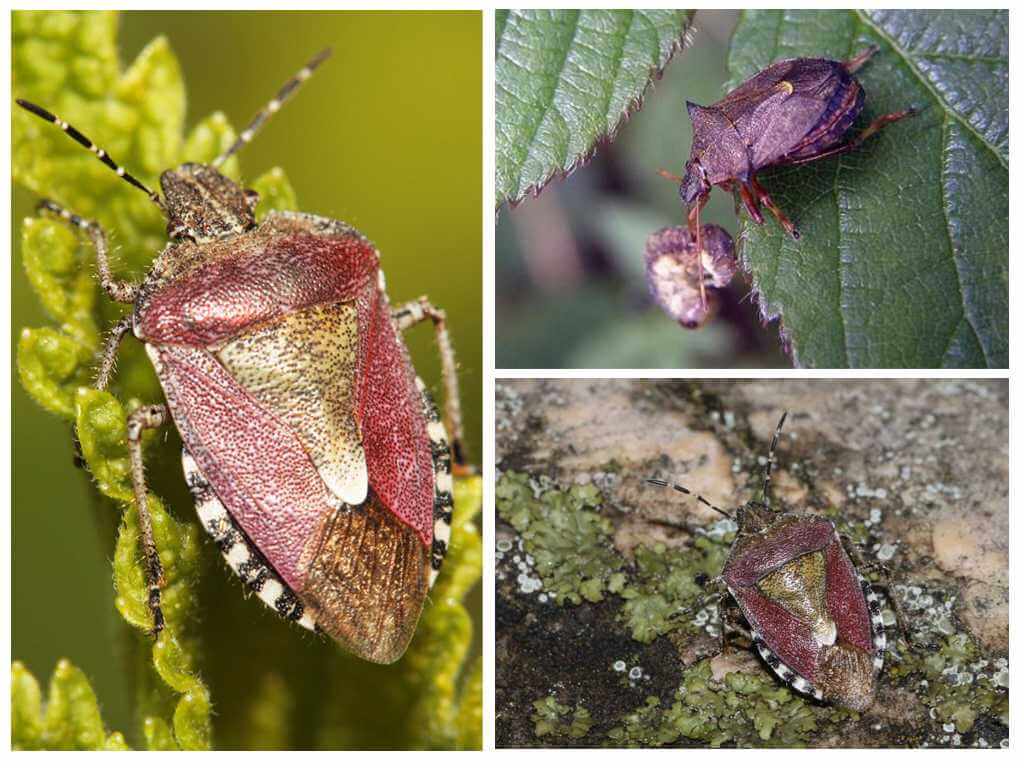
The berry shield differs from its congeners by its sides and antennae, painted in yellow-brown rings. Similar transverse stripes are present on the abdominal part of the body. Below is a photo of berry bugs.
Habitat
Berry bugs live in orchards and vegetable gardens, eating juice of leaves, fruits and vegetables. Contrary to their name, they can live on a birch and even on conifers. Often there are bugs on raspberries.
The pest bites into the green flesh of the leaf with its proboscis, as evidenced by brown spots appearing at the sites of damage. Such insect attacks are fraught even with the death of the plant. A similar thing happens with fruits affected by the pest - they dry up prematurely and acquire an unpleasant taste.
Breeding
In winter, berry shields are held under fallen leaves. With the arrival of warm days, they leave their shelters. During the absence of fruit and vegetable plantations, bedbugs do not refuse even weeds. With the appearance of raspberry leaves on the bushes, they settle there for reproduction. Bedbugs on currants are also quite common. A berry bug that has settled on a plant will bring raspberries to an unusable state, harming their taste and aroma.
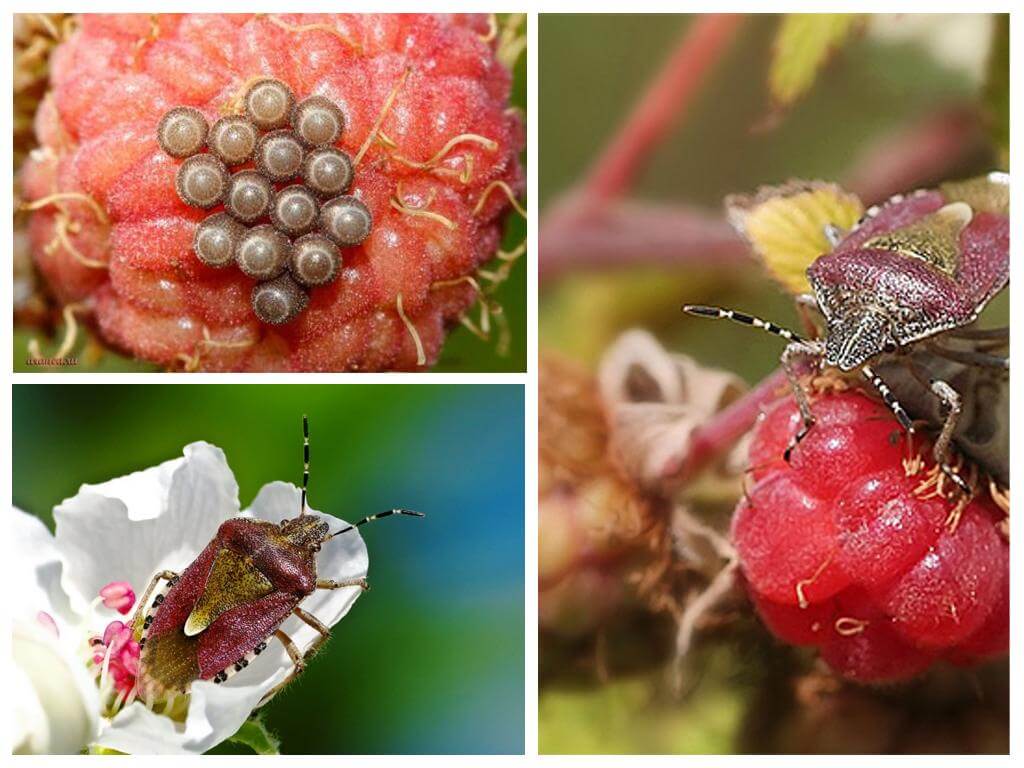
When the berry bushes discard their color, female shield bugs lay eggs on the underside of the leaves. Pests take about 10 days to complete this process. After 1.5-2 months, larvae appear from the laid eggs, which for the first time are held by a group. After a while, they creep along the branches of the plant, leading a lifestyle similar to adult individuals. Externally, the larvae are very similar to sexually mature insects: their body has a gray color and is covered with light hairs. In the process of growth, the infant fluff disappears, and the larva of the berry bug turns into an imago, undergoing several molts.
Ways to fight
The bug insect poses no big threat to the crop. Therefore, it is necessary to deal with it with chemical preparations only with excessive contamination of the stands.With a small accumulation of pests, it is preferable to use more gentle methods of control. These include:
- collection of berry pests - they are collected manually, folding in a container;
- folk remedies - cooking decoctions of onion peel. A bucket of boiling water needs 200 g of the product. The mixture is infused for 5 days, then filtered and the resulting infusion is sprayed with infected plants every 5 days. Tobacco, yarrow, mustard and wood ash have similar properties;
- planting a tsimitsifugi or black cohosh on a garden or garden plot - the smell of these plants repels berry bugs;
- Regular weed control in the garden plots and harvesting of fallen leaves will help to avoid the appearance of insects.

If the struggle with these methods does not give a result and the number of bugs only increases, the use of pesticides is recommended. Phosphamide, Karbofos or Chlorophos is very popular among gardeners.

